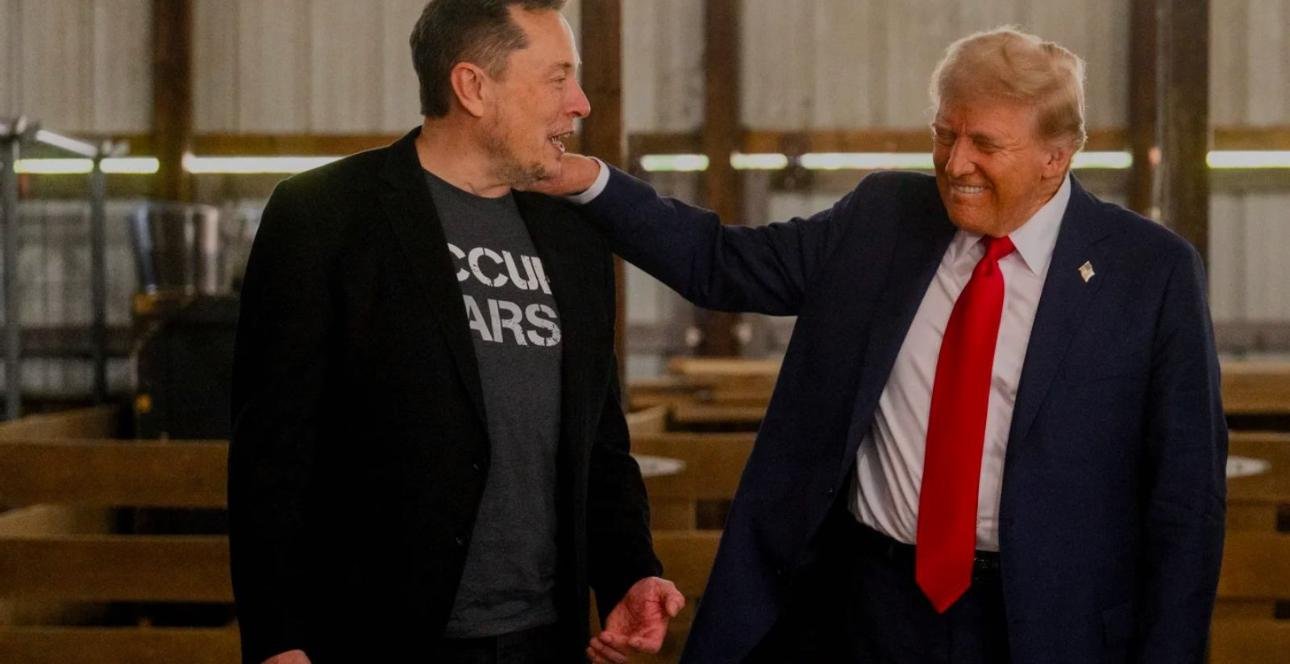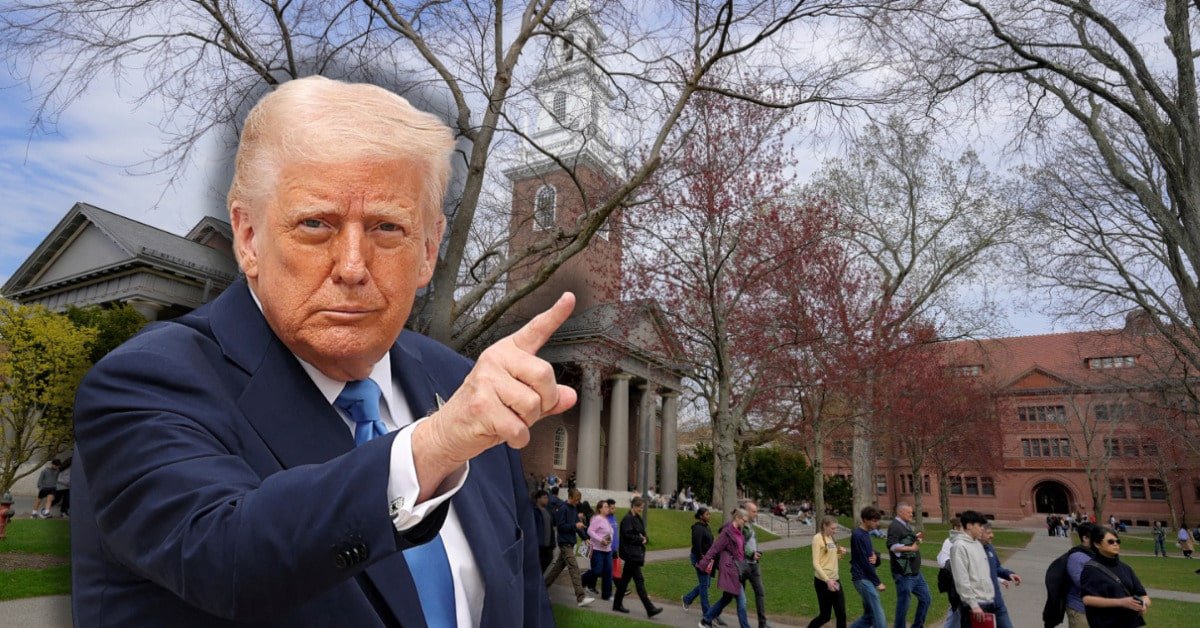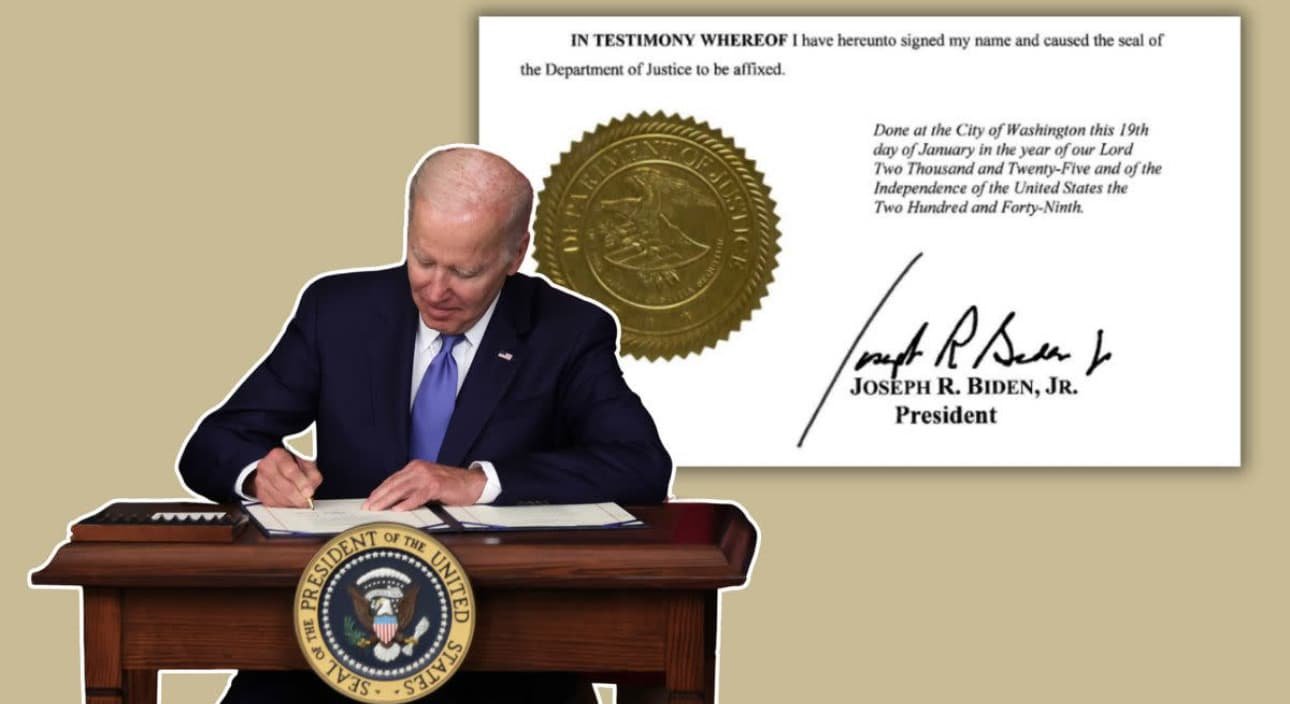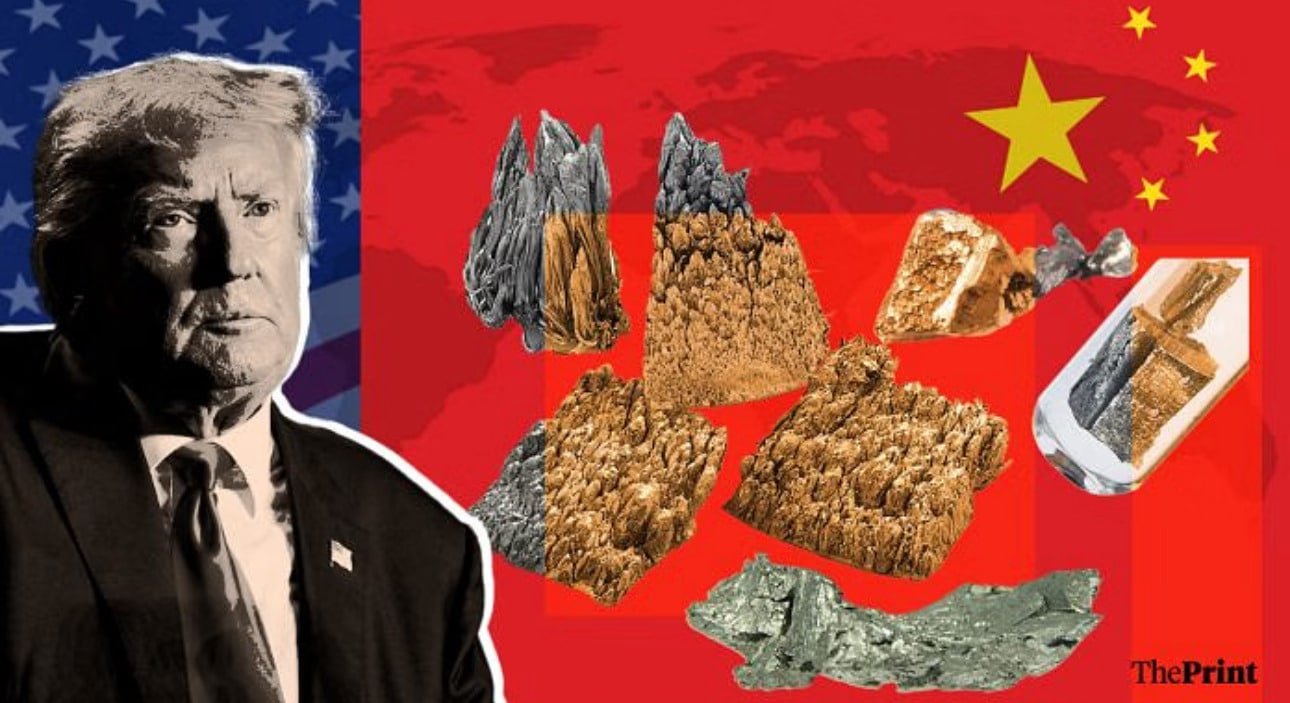The Impact of Elon Musk’s Department of Government Efficiency on Federal Spending
Elon Musk, a tech and business leader, has created the Department of Government Efficiency. It aims to change how the government spends money. This effort is about making the government work better and spend money wisely.
The goal is to find new ways to save money and make budgets better. We want to show how these changes can make a big difference in how the government spends its money in the U.S.
Key Takeaways
- Elon Musk’s initiative addresses inefficiencies in federal spending.
- Streamlining operations can lead to better fiscal management.
- Innovative ideas play a crucial role in budget optimization.
- The department aims to implement cutting-edge solutions.
- Improving government efficiency can yield significant cost savings.
- Effective fiscal management is essential for sustainable governance.

Understanding Elon Musk’s Vision for Government Efficiency
Elon Musk is a leader in technology innovation. He has changed industries with his ventures. From PayPal to SpaceX and Tesla, he tackles big challenges with efficiency in mind.
This view is key for modern government efficiency.
Elon Musk’s Background and Influence in Technology
Elon Musk has made a big impact in tech. He started PayPal, then moved to space and green energy. SpaceX and Tesla have changed the game.
His knowledge of tech helps him make things more efficient.
The Purpose and Goals of the Department of Government Efficiency
The Department of Government Efficiency wants to change how the government works. It aims to make things more productive by using new ideas. It looks to the private sector for the best ways to work.
It wants to make things simpler, cut out what’s not needed, and use technology better. To do this, it needs to find and fix problems in government.
The Impact of Elon Musk’s Department of Government Efficiency on Federal Spending
Elon Musk’s Department of Government Efficiency wants to change how the government spends money. They use new ways to cut costs and make things more efficient. This includes using modern management and data to improve how things work.
Strategies for Cost Reduction and Streamlining Processes
They focus on getting rid of waste and using resources better. They aim to make sure every dollar is worth it. This helps cut costs.
They also use data to make quick decisions. This helps manage money better and solve problems fast.
Case Studies of Successful Initiatives
There are examples of these strategies working well. For example, one agency cut its grant application time by 30%. This saved a lot of money.
Another project used data to make buying things more efficient. This led to big savings too. These stories show how the department’s ideas can really help the government spend money better.
Innovative Technologies Promoted by the Department
The Department of Government Efficiency is all about using new tech to change how government works. They want to make things more efficient, better at handling data, and easier to manage. This way, they can tackle today’s big challenges more effectively.
Adoption of Cutting-Edge Technology in Government Operations
Modern tech is key to changing government operations. Artificial intelligence (AI) automates boring tasks, freeing up people for important work. Blockchain makes transactions safe and clear, building trust and efficiency. Big data analytics helps make sense of lots of information, leading to smarter decisions.
Examples of Technology Innovation Impacting Federal Budgeting

New tech is changing how the government budgets. Here are some examples:
| Technology | Impact on Budgeting | Benefits |
|---|---|---|
| Artificial Intelligence | Automates data analysis for budget forecasts | Increased accuracy and speed in financial planning |
| Blockchain | Enhances transparency in financial transactions | Reduces fraud and increases accountability |
| Big Data Analytics | Facilitates real-time tracking of expenditures | Improved resource allocation and budget optimization |
The Department of Government Efficiency is leading the way with new tech. They aim to make government work better and more transparent. Their efforts will bring about a more productive and responsible future.
Transforming Government Operations through Efficiency
Many organizations are working hard to make the public sector more efficient. They do this by learning from successful examples and tackling the tough issues in government work.
Best Practices for Enhanced Public Sector Productivity
There are several ways for public sector groups to get better at what they do. Some key strategies include:
- Data-Driven Decision Making: Using data to find and fix problems can lead to big improvements.
- Employee Engagement: Getting staff involved in decisions can spark new ideas and make change easier.
- Agile Methodologies: Being agile lets groups quickly adapt to changes, making it easier to implement new ideas.
- Cross-Department Collaboration: Working together across departments can help services work better together, boosting productivity.
Challenges in Implementing Efficient Government Solutions
Even with good plans, there are often hurdles to overcome. Some common problems include:
- Resistance to Change: People might be scared to try new things, worried about losing their jobs or facing new tasks.
- Budget Constraints: Not having enough money can make it hard to buy new tech or train staff.
- Complexity of Regulations: Dealing with lots of rules can slow down the use of new, better ways of working.
To beat these challenges, a mix of solutions is needed. This might include training, listening to feedback, and investing in technology. By tackling these issues head-on, governments can create a better environment for success.
The Role of Fiscal Responsibility in Federal Spending
Fiscal responsibility is key in today’s governance. It guides how governments spend money. By focusing on fiscal responsibility, governments can make smart financial choices. This leads to a more transparent and accountable government.
As efforts to improve fiscal responsibility grow, we see changes in how money is spent. This shift helps make government more cost-effective.
Defining Fiscal Responsibility in Modern Governance
Fiscal responsibility means keeping budgets balanced and debt low. It also means spending money wisely. In today’s world, it’s about being open and accountable with money decisions.
When governments follow fiscal responsibility, they make policies for long-term growth. This builds trust with the public. By involving citizens in budget talks, governments can work better together.
Long-Term Benefits of Cost-Effective Government
Having a cost-effective government brings many benefits. It cuts down on waste, puts money where it’s needed, and makes government work better. The main advantages are:
- More trust and happiness with government.
- A stronger economy because of less debt.
- Money is used better, so important services get the funds they need.
These points help build a strong government that manages money well. It’s all about being responsible and managing money wisely.
| Aspect | Impact of Fiscal Responsibility | Implications for Federal Spending |
|---|---|---|
| Transparency | Enhances public trust | Encourages informed decision-making |
| Accountability | Reduces corruption risks | Ensures efficient use of taxpayer dollars |
| Sustainability | Promotes economic stability | Reduces long-term fiscal strain |
The push for fiscal responsibility and its link to federal spending is growing. Moving towards a cost-effective government is crucial. It meets economic needs and matches societal values.
Measuring Success: Metrics and Outcomes
Measuring the success of government programs is key. It depends on specific metrics. These metrics help us see if things are getting better.
They show us how far we’ve come and where we need to work more. This helps us make things better.
Tools for Evaluating Government Efficiency Improvements
There are many ways to check if changes are working. We use tools like performance dashboards and audits. We also listen to what people think.
These tools help us:
- Track how well things are running.
- See how fast services are delivered.
- Find out how much money we save with new tech.
With these tools, we keep getting better at being efficient.
Analyses of Financial Savings Achieved
How much money we save is very important. It shows if our programs are working well. In some cases, we’ve saved a lot of money.
This is because we’ve made things more efficient. We’ve also used our resources better. Here’s how:
- We’ve cut down on services we don’t need.
- We’ve gotten better deals from vendors.
- We’ve used technology to do things faster.
These changes help us save money right away. They also help us be more careful with our spending in the long run.
Conclusion
Elon Musk’s Department of Government Efficiency marks a big change in how the government spends money. It uses new tech and smart strategies to make government work better. This effort sets a strong base for future improvements in how the government handles money and works.
This change could lead to a government that spends money wisely and meets people’s needs better. As we talk about Elon Musk’s department, it’s key for everyone to share their thoughts. This could change how we see government work for the better.
Creating a more efficient government is a team effort. It needs input from many groups. Using the latest tech and being accountable could lead to a better way of managing public funds.
FAQ
What is the Department of Government Efficiency established by Elon Musk?
Elon Musk created the Department of Government Efficiency. It aims to change how the government works. It focuses on being more productive, using new technology, and making processes simpler. This helps cut costs and make government spending more responsible.
How does this department plan to reduce federal spending?
The department plans to use lean management and real-time data analytics. It will also use advanced technologies to cut down on waste. This way, it hopes to reduce unnecessary expenses in government operations.
What kind of innovative technologies will the department promote?
The Department of Government Efficiency will support technologies like artificial intelligence and blockchain. It will also use big data analytics. These technologies aim to make government work better, use resources wisely, and cut costs.
What are some challenges the department might face in implementing efficiency solutions?
The department might face resistance to change and budget limits. It also has to deal with complex federal rules. These challenges could slow down the adoption of efficient government solutions.
How will success and progress be measured within this department?
Success will be measured by tracking efficiency improvements and financial savings. The department will analyze data from pilot programs and federal spending practices.
What are the long-term benefits of improved government efficiency?
Improved efficiency brings many benefits. It builds public trust and boosts the national economy. It also makes government operations smoother, making agencies more accountable and responsive to citizens.












